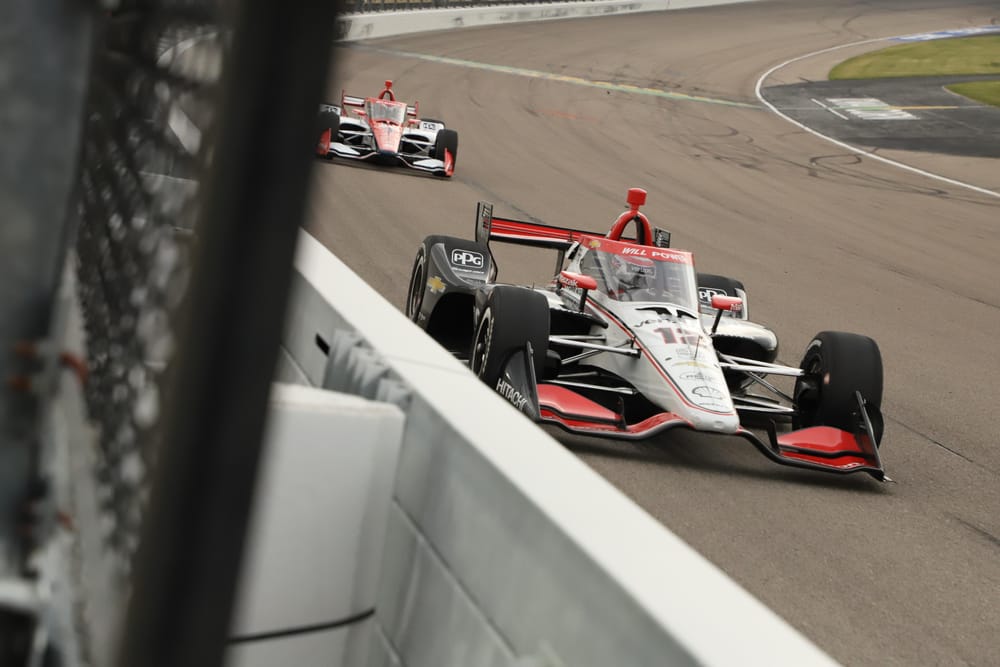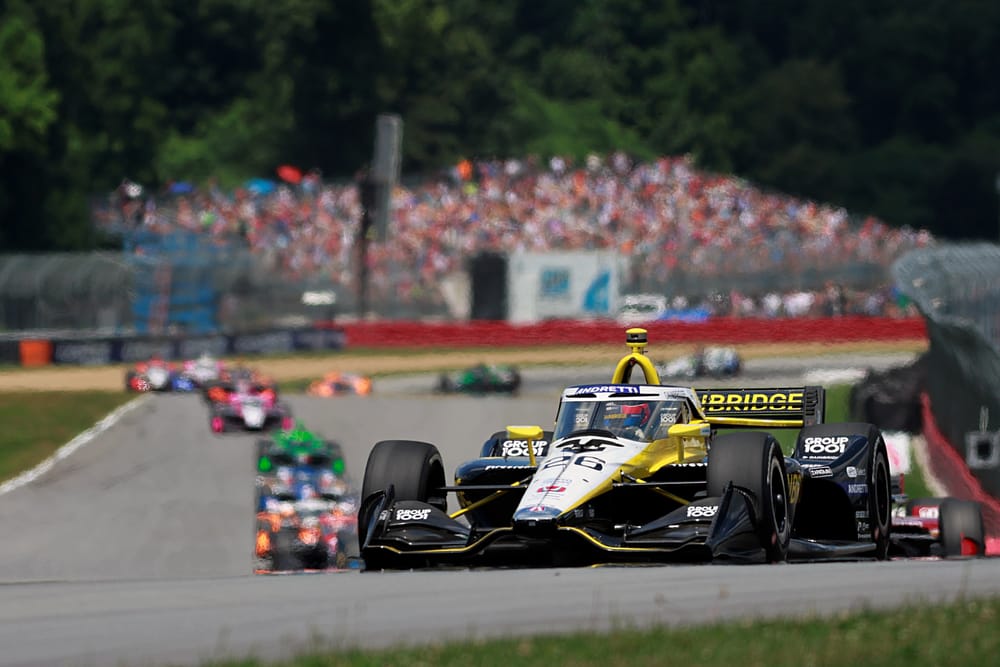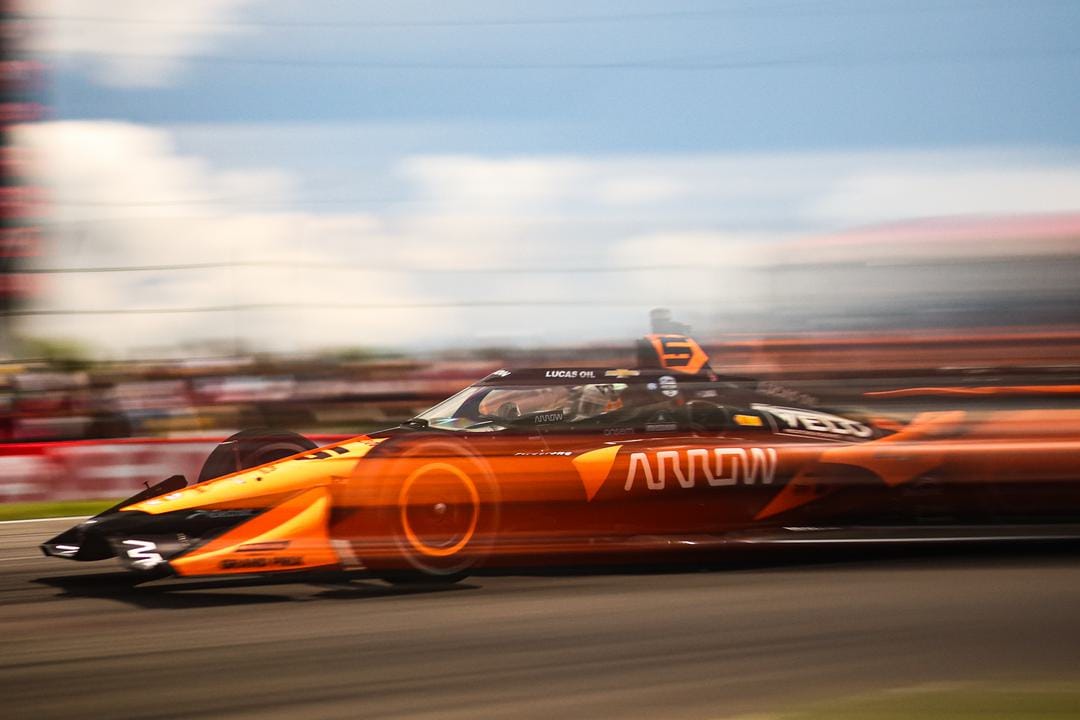After a relatively successful debut at Mid-Ohio, the tests for IndyCar's new hybrid unit come thick and fast as the series heads to the Iowa oval - where a repaved surface is also likely to cause some headaches.
This might be the most unpredictable race weekend of the entire season, which would be a welcome change for those wishing to avoid a repeat of Josef Newgarden's attempts to destroy the entire field at this venue every year.
Pato O’Ward - who heads to Iowa fresh from victory at Mid-Ohio last weekend - is the only non-Penske driver to have won this event in the last seven attempts but, with Penske’s advantage expected to be smaller this time, predicting a winner is incalculable.
With so much going on, The Race has done its best to break down everything you need to know.
One-lane racing?
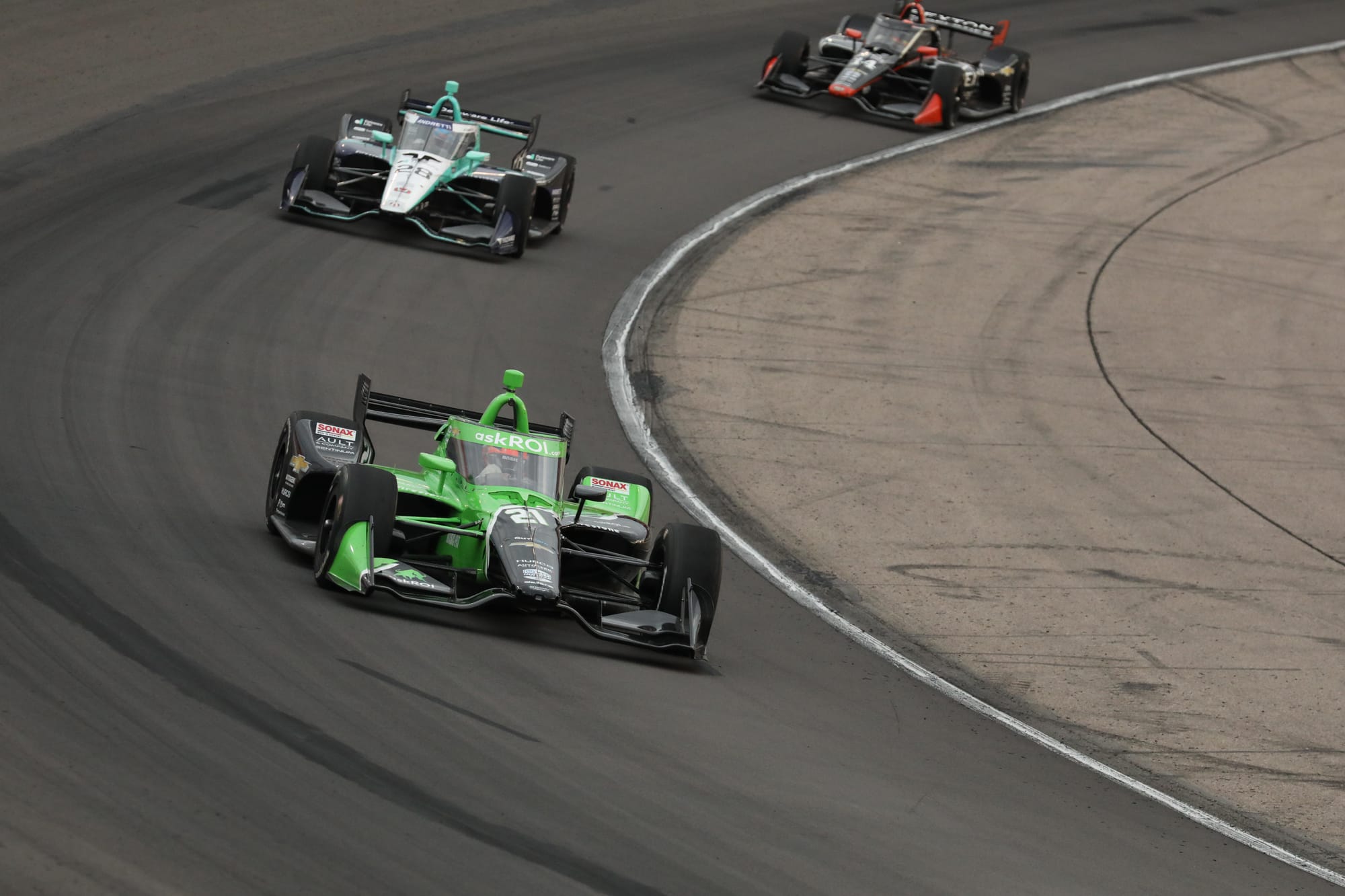
IndyCar is heading to a resurfaced track for the second weekend in a row as parts of the Iowa oval, mainly around the bottom to middle of the track, are freshly laid. This has huge implications.
We saw in a recent test that speeds were extremely high - with a 180mph minimum corner speed on one-lap runs at least - around a 0.875-mile lap, with laptimes as a result easily eclipsing the current qualifying record of 17.2283s, set by Helio Castroneves a decade ago now.
That’s going to make the races extremely physical for the drivers, although its worth noting that, even though the lap record was shattered in that test, IndyCar has since reduced the amount of downforce from that test to the race weekend - so we’re dealing with another unknown. Get used to those this weekend.
#NASCAR … View of Turn 2 repave at Iowa Speedway pic.twitter.com/a2eEq2HI9D
— Dustin Long (@dustinlong) June 14, 2024
The resurfacing raises more questions. Before the recent NASCAR Cup race, drivers worried that moving up from the bottom of the race track was going to be impossible so overtaking would be tough.
Actually, NASCAR ended up having a wonderful race - with cars not just two-wide but sometimes three-wide - but also had the benefit of applying a compound higher up the track, a resin called PJ1, which adds grip. IndyCar doesn’t have that.
IndyCar has faced this problem at other tracks such as Gateway and Texas before and the solution has been to give teams extra tyres and a practice session specifically to try to rubber-in the higher line.
"If everybody goes out there and focuses on getting that high line in, I will guarantee you it will be in," said Graham Rahal. "But if people go out there and don't care, well, then, it's going to be a challenge. That's just the reality of the situation."
The quality and quantity of overtakes could well depend on the success of the extra session and the drivers committing to the high line or not.
There's reason for hope and optimism entering the weekend. But only if that's met with a united front from the series and drivers in tackling this issue.
Faster, heavier cars (and the consequences)
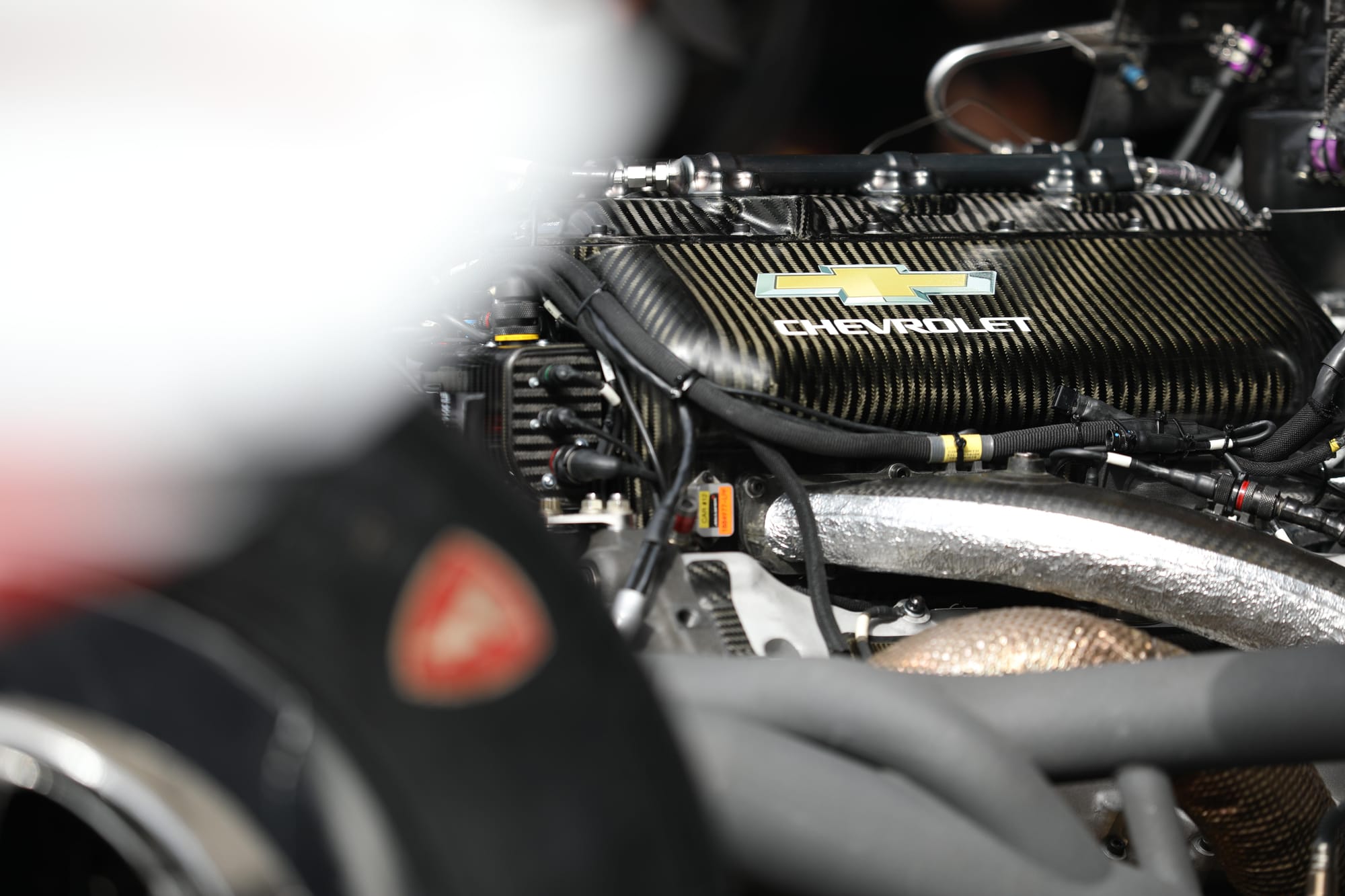
With the hybrid unit installed, this year’s IndyCar is around 30kg heavier than it was before.
Firestone has introduced new, harder tyres this year, but at Iowa specifically has it accounted well enough for the boost in speed we’ll see this year thanks to the repaving? That's something Firestone couldn't have perfectly predicted without prior running on the track.
With the hybrid, there’s also all of this extra energy going through and out of the rear tyres.
It could be the perfect scenario in that, if overtaking in the high-line is tough, tyres degrading more than usual opens other opportunities.
But degrading tyres also means discarded rubber and, if everyone is on the bottom of the track, this will disperse on to the higher line and make it more slippery.
At Mid-Ohio, although the track was resurfaced so it’s tough to compare to the years before, there wasn’t much tyre deg at all. An Iowa oval is a different test but the idea behind the tyres this year is the same for every track - deal with the weight of the hybrid effectively - so it’s significant.
I predict Firestone will have walked on the side of caution with this being an oval and with no data to go off, so even with the added weight and increased speeds, I think it will have brought a tyre to last.
No lifting
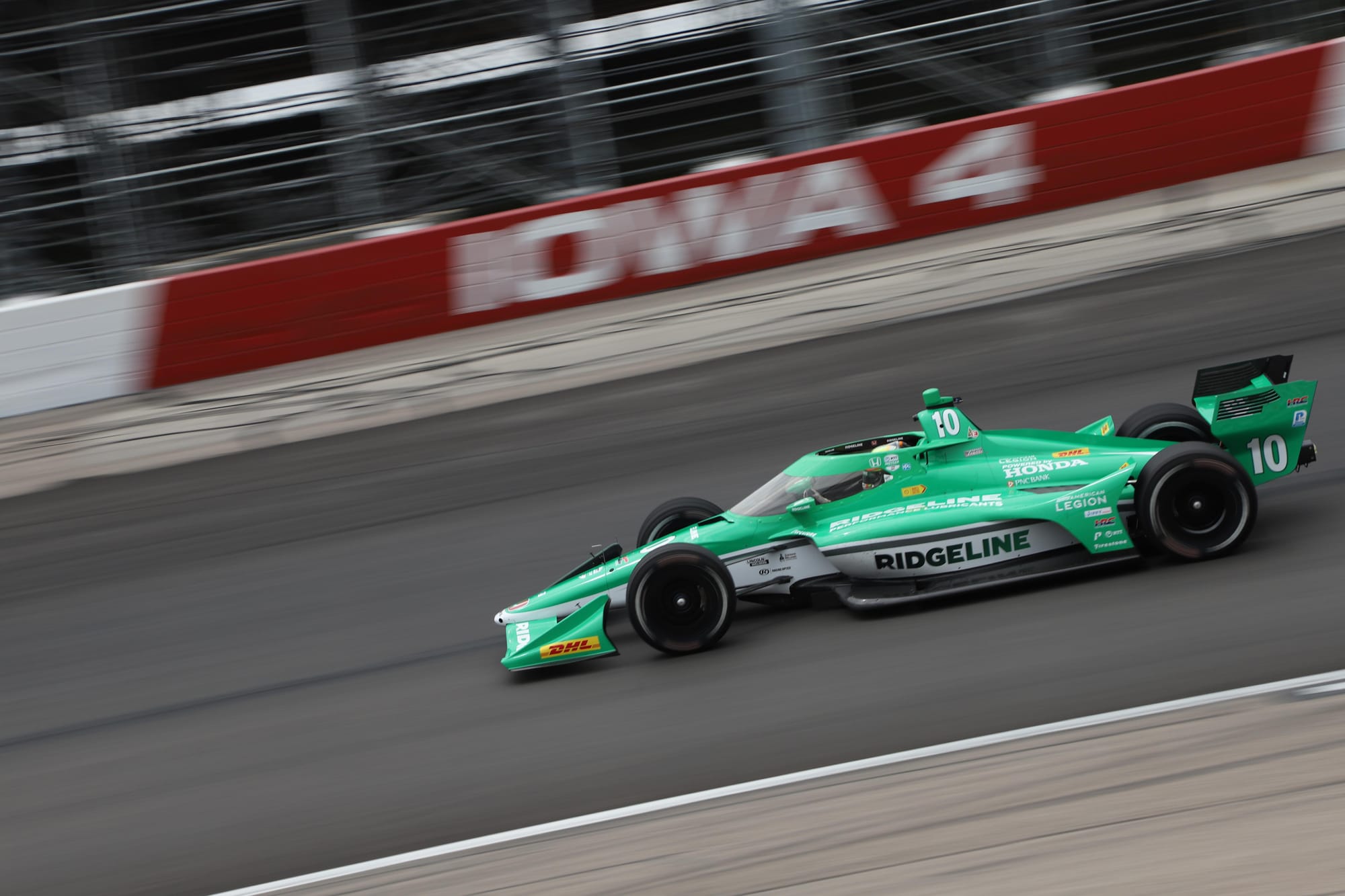
If we see a repeat of the increased speeds in the test or at least somewhere similar or slightly ahead of last year, and the tyre holds up, that’s going to be tough for the drivers to regenerate energy because they won’t be lifting off the throttle as often.
In qualifying certainly, regen will be almost impossible as the drivers will only have the slightest lift in the corners.
Through fuel saving and traffic management in the race, regen should be much more possible. It will be interesting to see if drivers use it in one long boost or coming out of Turns 2 and 4 respectively.
That might be decided by a similar thing we saw in corners at Mid-Ohio last week.
Drivers will need to be extremely careful if they are using the regen instead of a lift or braking to slow the car. Because if you use it entering a corner and suddenly the battery fills to the maximum, then the car can’t regen any more and it won’t slow down like it would if it was in regen mode.
Imagine if your brakes fail for a corner. That's the kind of thing we're looking at here, but to a less dramatic extent obviously.
So drivers will need to tactically burn the deployment enough before corners in order to use the regen to slow the car for the next corner, if they choose to use this tactic. Get it wrong and it will impact your corner entry, mid-corner and may even result in a crash if you carry too much speed in.
Penske's diminishing advantage?
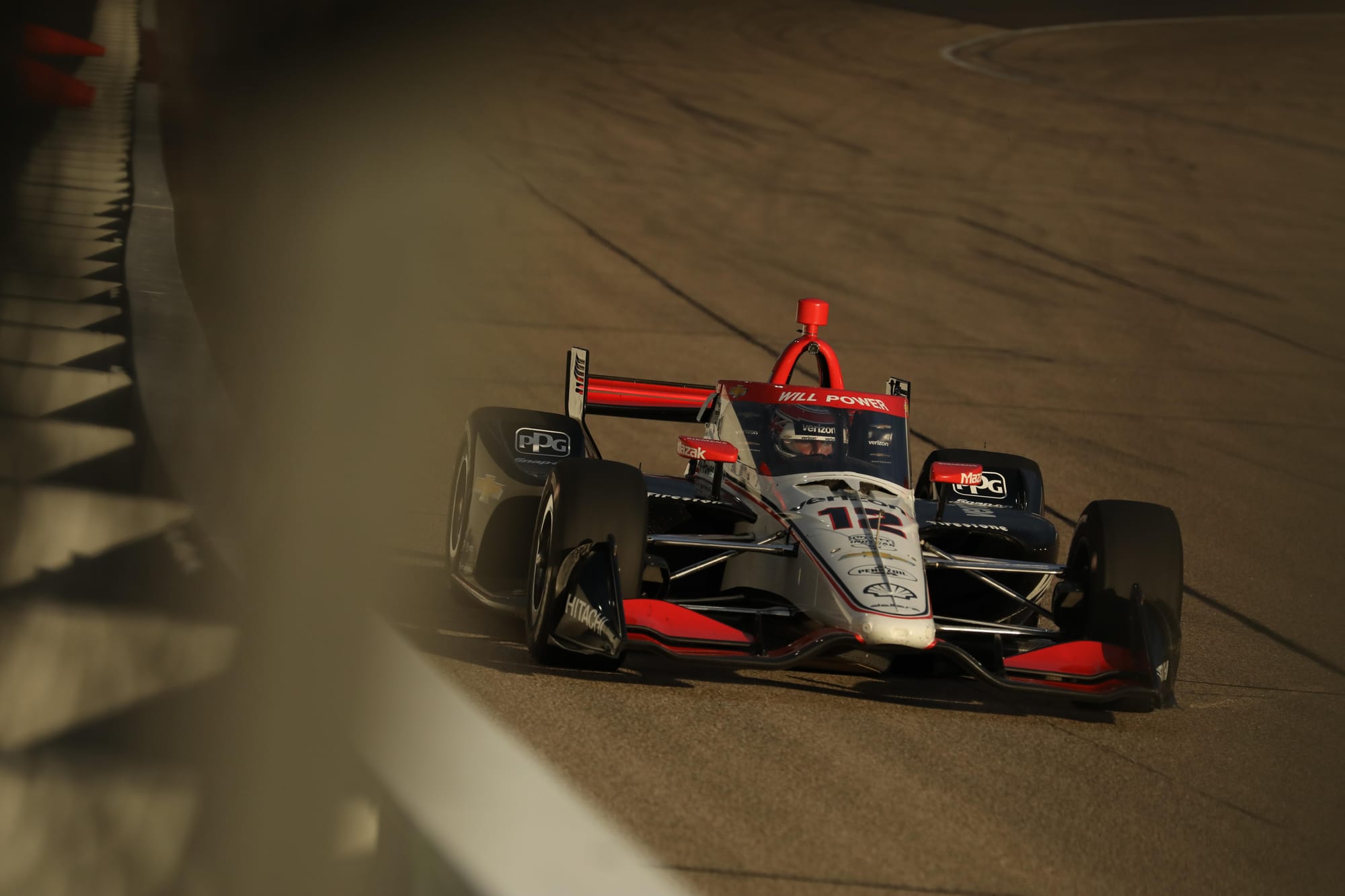
Penske has won six of the last seven Iowa races and it would've been all seven without a spectacular rear failure on Newgarden’s car while leading in 2022.
Its damper programme on ovals has long since been admired. But with the resurfacing and the recent test, some drivers actually felt closer to the Penske group and that its Iowa advantage wouldn’t be as significant as before. Worth keeping an eye on.
Will Power was on pole for both races last year but crashed in the test last month, so that shows you how tough this challenge is.
Lower hybrid output - but fewer corners
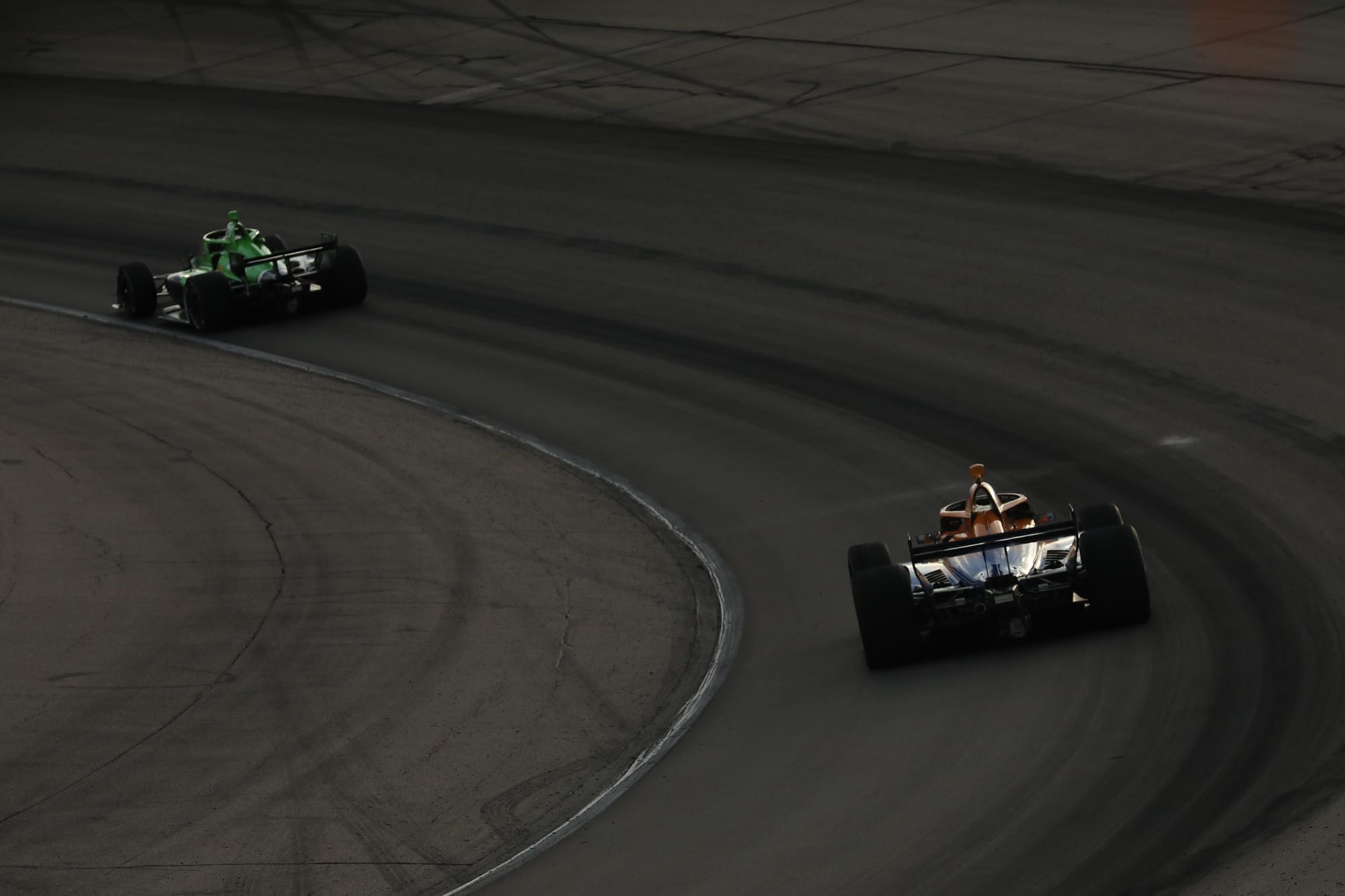
There’s only around a third of the hybrid deployment per lap allowed than there was a Mid-Ohio, from 310kJ down to 105kJ (worth around three seconds of boost).
"The advantage, it's not as much [as Mid-Ohio], but at the same time, you do so many laps that I bet if there's one guy that doesn't use it in the race, like you would see that he loses probably 10 seconds or something," says championship leader Alex Palou.
"The series is so competitive that if you give up one-tenth just because you're lazy or something, it's not going to help you."
There's certainly a bit of division between the drivers who think it will or won't impact the racing. In contrast to Palou, O'Ward offered: "It really doesn't do anything on ovals."
While the laptime penalty is much smaller at a short oval than on a full road course, getting the regen or deployment a bit wrong could leave you catching up for three or four laps and have you out of sync with the cars around you.
The reduction in boost per lap should help reliability too. Even though 31,000 miles of testing has been completed, championship contender Scott Dixon missed the start of the Mid-Ohio race last weekend through a hybrid issue that hadn't been seen before.
IndyCar can adjust the boost per lap levels after any practice session.
Back to night racing
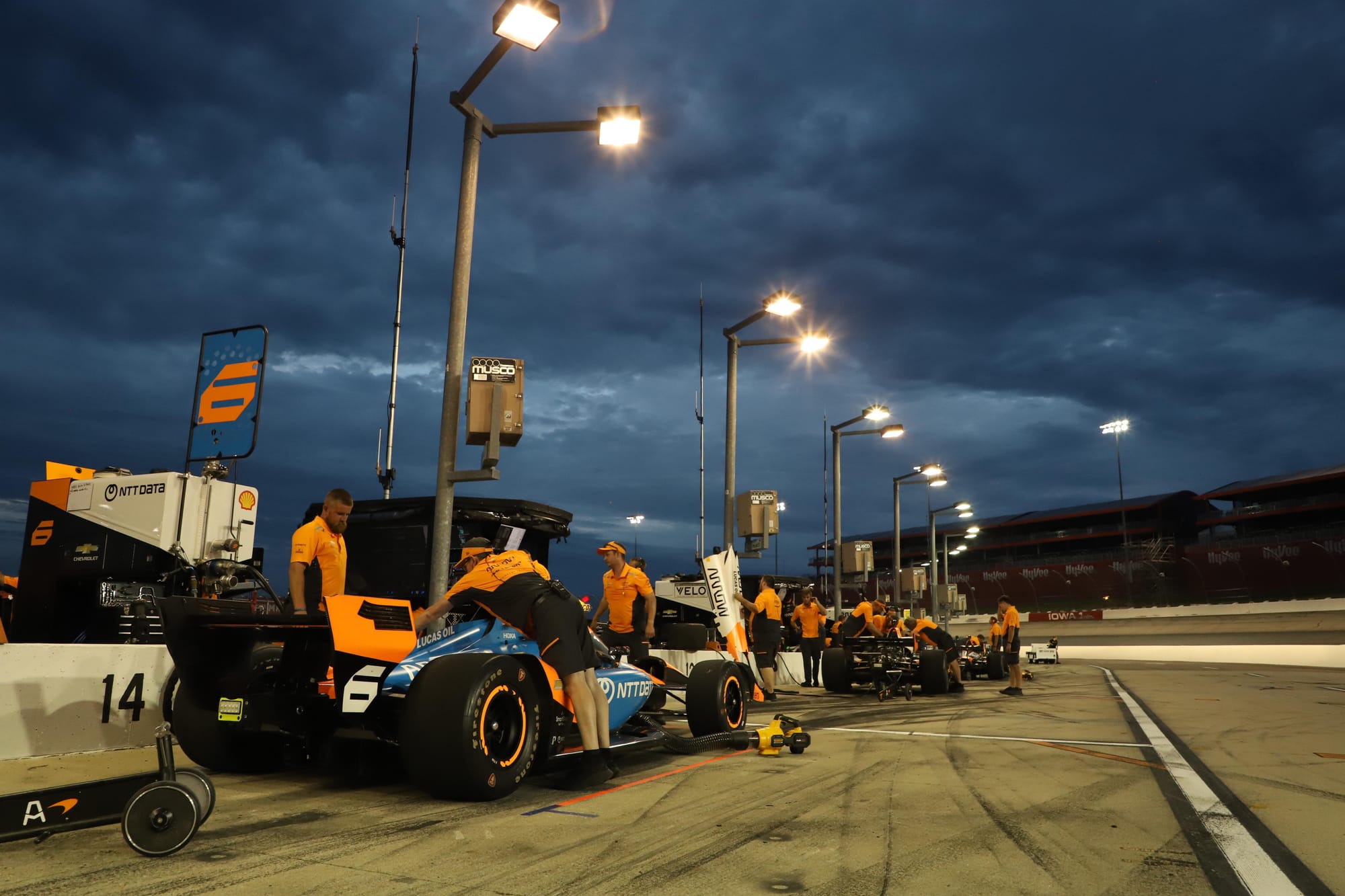
After years without a night race, IndyCar will have one again at Iowa.
Cooler conditions usually lead to spiced up, closer racing, so the Saturday race from 8pm-10pm local time will certainly be one to watch.
It will also have the added bonus of helping the supercapacitors in the hybrid units run cooler, which is good for their longevity, and the conditions will help the drivers who are going to be dealing with extreme g-forces, a busy race track and the hybrid regen and deployment.
The heat in the cockpit would only make that worse.

